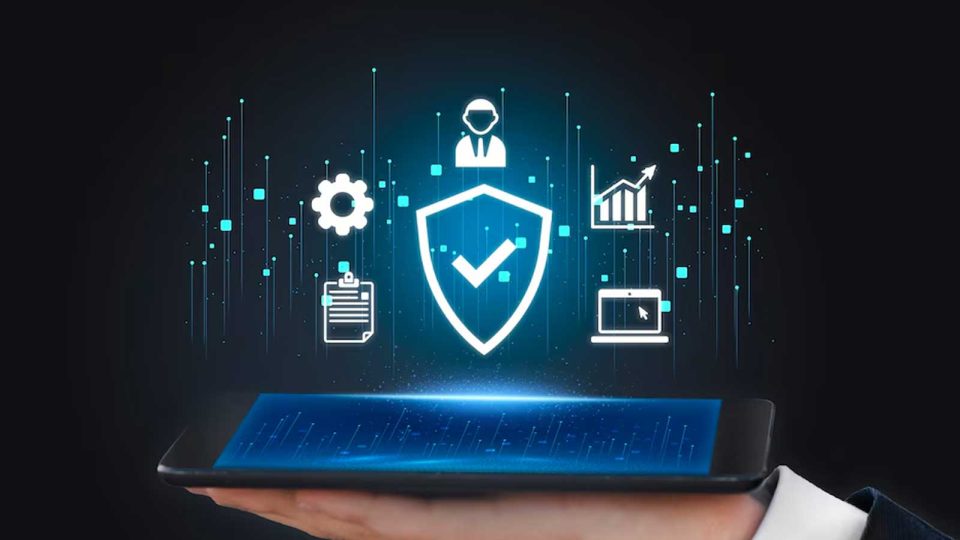Qualcomm Snapdragon-powered board with cellular connectivity and an NPU for AI/ML workloads is now available for pre-order on Kickstarter

Particle, a leading IoT edge-to-cloud platform provider, has launched Tachyon, its first Qualcomm Snapdragon-powered single-board computer (SBC) designed to make cutting-edge chipsets and AI tooling widely accessible to consumers and businesses.
Also Read: Intel’s Lunar Lake Processors: Arriving Q3 2024
“Any engineer or technically minded person should have access to the building blocks of a modern smartphone, but that’s not the case right now”
Tachyon brings the power of a modern smartphone to the far corners of the world with speedy hardware, a powerful AI accelerator, built-in high-bandwidth 5G and Wi-Fi 6E connectivity, and a Linux-powered Ubuntu operating system. By providing a complete edge-to-cloud infrastructure, Particle enables customers to focus on what matters most: their application.
Tachyon is now available for pre-order on Kickstarter starting at $149.
The demand for AI-enabled edge solutions is exploding in today’s technology landscape, driving the need for powerful devices and platforms to manage these fleets. Rich peripherals, robust AI and graphics accelerators, and wireless connectivity make up some of the device requirements, powered by open-source software and a vibrant development community.
Also Read: Qualys Expands TruRisk Eliminate Platform, Empowering Organizations to Mitigate Cyber Risk Without Patching
“Any engineer or technically minded person should have access to the building blocks of a modern smartphone, but that’s not the case right now,” said Zach Supalla, the founder and CEO of Particle. “5G connectivity and AI accelerators are limited today because they’re not democratized; only a few large players have access to the bleeding-edge technology that will power the next wave of connected devices. Exploration is the beginning of the innovation cycle, and we want Tachyon to enable that spark of imagination to take root.”
Particle is known for pioneering accessible IoT products and tools, starting 10 years ago with its record-breaking Kickstarter projects for the Spark Core and the Electron. The company now powers hundreds of connected products from household-name brands like Jacuzzi, Trek, and Anytime Fitness.
Today, Particle is introducing a new line of IoT modules, starting with Tachyon, a device that can handle intense AI/ML workloads while supporting broad-base wireless connectivity, all at an affordable price.
This Raspberry Pi-compatible SBC makes it possible for anyone — whether shipping at scale or for personal use — to create remotely-deployed AI-enabled IoT products. This kind of capability has previously only been available to smartphone and PC manufacturers and wasn’t readily available to the average person or business.
Particle’s new Linux-based SBC is the IoT module that can handle it all. Powered by a Qualcomm Snapdragon system on a chip (SoC), Tachyon marries the speed and efficiency of modern computing with the limitless range of high-bandwidth wireless connectivity, all in a compact footprint:
- Powerful Snapdragon chipset. Octa-core Qualcomm Kryo CPU (1x 2.7GHz, 3x 2.4GHz, 4x 1.9GHz).
- Robust connectivity out of the box. 5G cellular connectivity and Wi-Fi 6E with on-device antennas.
- AI and graphics accelerators. 12 TOPS NPU and Adreno 643 GPU.
- Ample storage with fast performance. 4GB RAM and 64GB built-in (UFS) flash storage.
- Computer vision ready. 2 x CSI 4-lane with ISP, supporting 20+ different camera sensors (e.g. IMX519, OV13850) up to 25MP
- Broad peripheral compatibility. USB-C 3.1 PD with DisplayPort, 1 x 2-lane PCIe Gen 3 (NVMe compatible), and DSI 4-lane up to 1200×2520 resolution
- External power and built-in battery support. Powered by USB-C, DC input or lithium-ion battery with a built-in battery charger.
Tachyon’s credit card-sized form factor is designed with modularity in mind. USB-C ports provide connectivity to a wide ecosystem of cameras, displays, and sensors, and the integrated antennas provide a plug-and-go experience from initial setup through commercial deployments. Power can be provided by USB or built-in lithium-ion battery support.
Also Read: The Evolution of Private Cloud: Addressing Modern Enterprise Needs
[To share your insights with us as part of editorial or sponsored content, please write to psen@itechseries.com]


